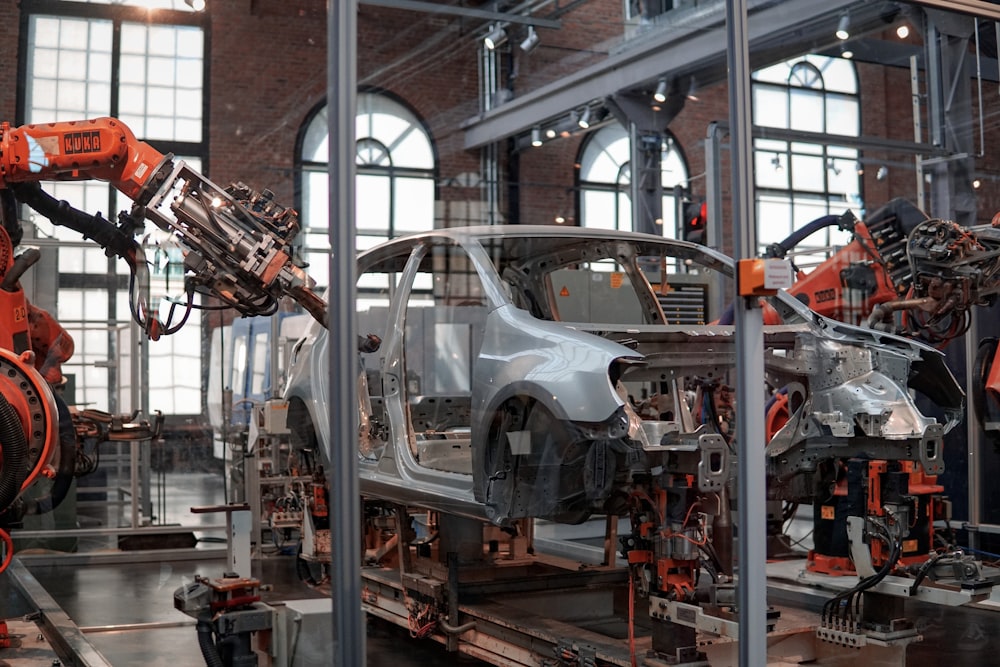
Crafting Excellence Sheet Metal Fabrication Unveiled
Crafting Excellence: Journey into the World of Sheet Metal Fabrication
In the intricate tapestry of manufacturing, sheet metal fabrication emerges as a true artisan’s craft. This process of transforming flat metal sheets into intricate structures is a blend of skill, technology, and precision. Let’s embark on a journey to unveil the secrets behind sheet metal fabrication.
Artistry in Metal: Understanding Sheet Metal Fabrication
At its core, sheet metal fabrication is a manufacturing process that involves cutting, bending, and shaping metal sheets to create a diverse range of products. These can range from simple components like brackets and enclosures to complex structures like automotive frames and aerospace components. The artistry lies in the ability to manipulate metal sheets with precision and finesse.
Cutting Precision: The Foundation of Sheet Metal Fabrication
The first step in sheet metal fabrication is cutting the metal sheets to the desired size and shape. This is where precision is paramount. Advanced cutting techniques, such as laser cutting and water jet cutting, enable fabricators to achieve intricate designs with minimal material wastage. The precision in cutting sets the stage for the entire fabrication process.
Bending and Shaping: Sculpting Metal with Expertise
Once the metal sheets are cut, the next step is bending and shaping. This process requires a deep understanding of the metal’s properties and behavior under stress. Skilled fabricators utilize various techniques, including press brakes and rollers, to bend and shape the metal sheets accurately. This step is where the flat sheets begin to take on three-dimensional forms.
Welding Mastery: Fusing Metal with Strength
Welding is the magic that brings individual metal pieces together, creating a cohesive and durable structure. Skilled welders use techniques like MIG and TIG welding to ensure strong and precise connections. The art of welding in sheet metal fabrication demands not just technical expertise but an eye for detail to achieve seamless joints.
Precision Assembly: Bringing Components Together
Once the individual components are cut, bent, and welded, the assembly process begins. This is where the fabricated parts come together to form the final product. Whether it’s an intricate machine part or a sturdy metal cabinet, precision in assembly ensures that the finished product meets the desired specifications.
Versatility Unleashed: Applications of Sheet Metal Fabrication
Sheet metal fabrication finds its application across diverse industries. From automotive and aerospace to construction and electronics, the versatility of sheet metal allows for the creation of components that range from the minute to the massive. Its widespread use showcases the adaptability and efficiency of this artisanal craft.
Advanced Technologies: Transforming Sheet Metal Fabrication
The landscape of sheet metal fabrication has evolved with advancements in technology. Computer Numerical Control (CNC) machines and Computer-Aided Design (CAD) software have become integral to the process. These technologies enhance precision, speed up production, and allow for the creation of highly complex designs that were once challenging to achieve.
Sustainability in Craft: Eco-Friendly Sheet Metal Fabrication
In an era where sustainability is a key consideration, sheet metal fabrication has also embraced eco-friendly practices. The







